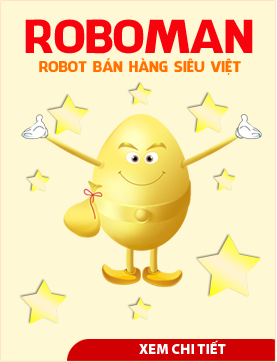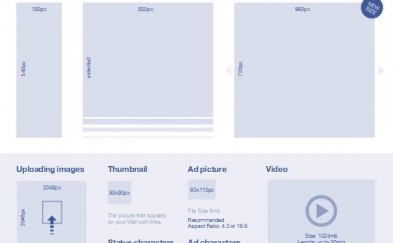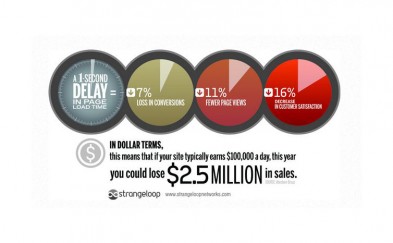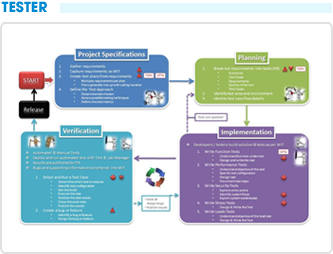024 38560777
Code (Mã)
Trong truyền thông, một mã - hay còn gọi là mã số - là một công thức để biến đổi một mẩu thông tin (chẳng hạn, một ký tự, một từ, hoặc một thành ngữ) sang một hình thức hoặc một tượng trưng khác, không nhất thiết đồng dạng với mẩu thông tin gốc.
Trong truyền thông và trong công nghệ xử lý thông tin (information processing), mã hóa (encoding) là một quá trình một nguồn (source) (đối tượng) biến đổi thông tin thành dữ liệu, sau đó truyền gửi dữ liệu tới một máy thu (observer), tương tự như một hệ thống xử lý dữ liệu. Giải mã (decoding) là một quá trình biến đổi dữ liệu ngược lại. Nó biến đổi các dữ liệu được một nguồn gửi đến thành các thông tin mà máy thu (hoặc người nhận) có thể hiểu được. (Xin xem thêm Các phương pháp giải mã). Codec là một phần mềm thực hiện công thức (hoặc thuật toán) để giải quyết cả hai chức năng, mã hóa và giải mã, chẳng hạn MP3 là một codec mà người ta có thể thực hiện trong phần cứng hay trong phần mềm. Nó còn có thể bao gồm cả chức năng nén dữ liệu nữa.
By English
A code is a rule for converting a piece of information (for example, a letter, word, phrase, or gesture) into another - usually shortened or covert - form or representation (one sign into another sign), not necessarily of the same type.
In communications and information processing, encoding is the process by which information fr om a source is converted into symbols to be communicated. Decoding is the reverse process, converting these code symbols back into information understandable by a receiver.
One reason for coding is to enable communication in places where ordinary plain language, spoken or written, is difficult or impossible. For example, semaphore, wh the configuration of flags held by a signaller or the arms of a semaphore tower encodes parts of the message, typically individual letters and numbers. Another person standing a great distance away can interpret the flags and reproduce the words sent.
Like Doanh nhân số

































